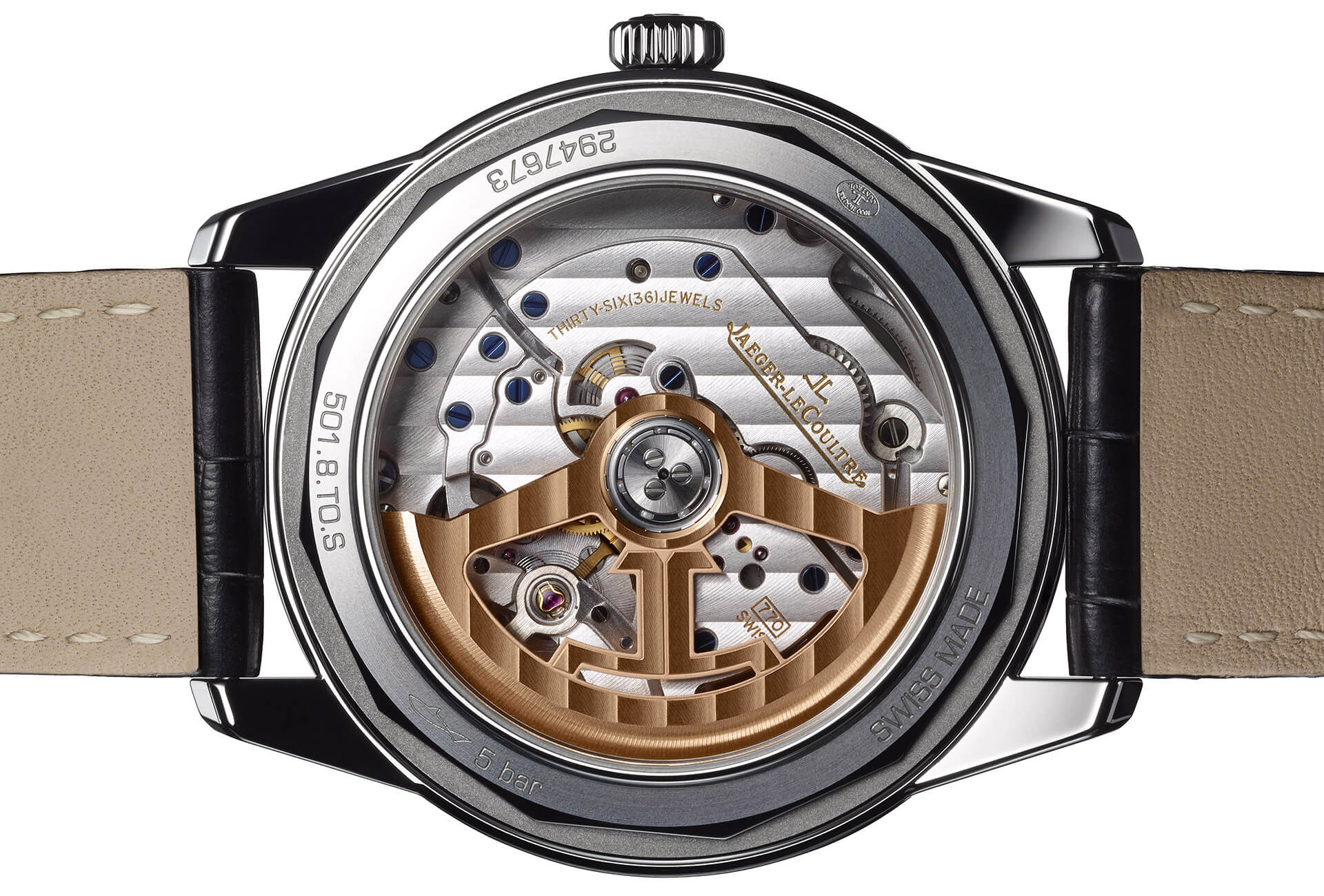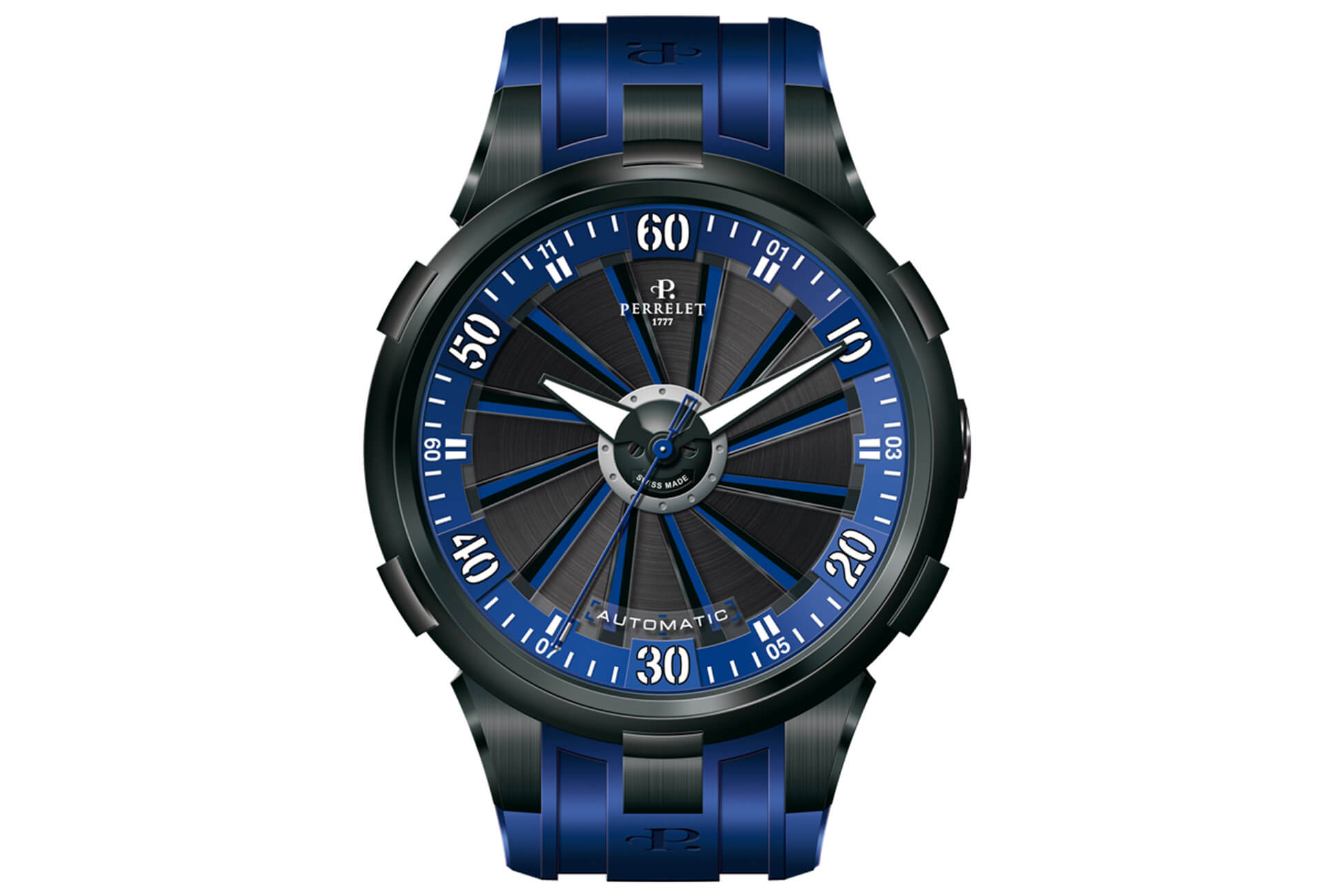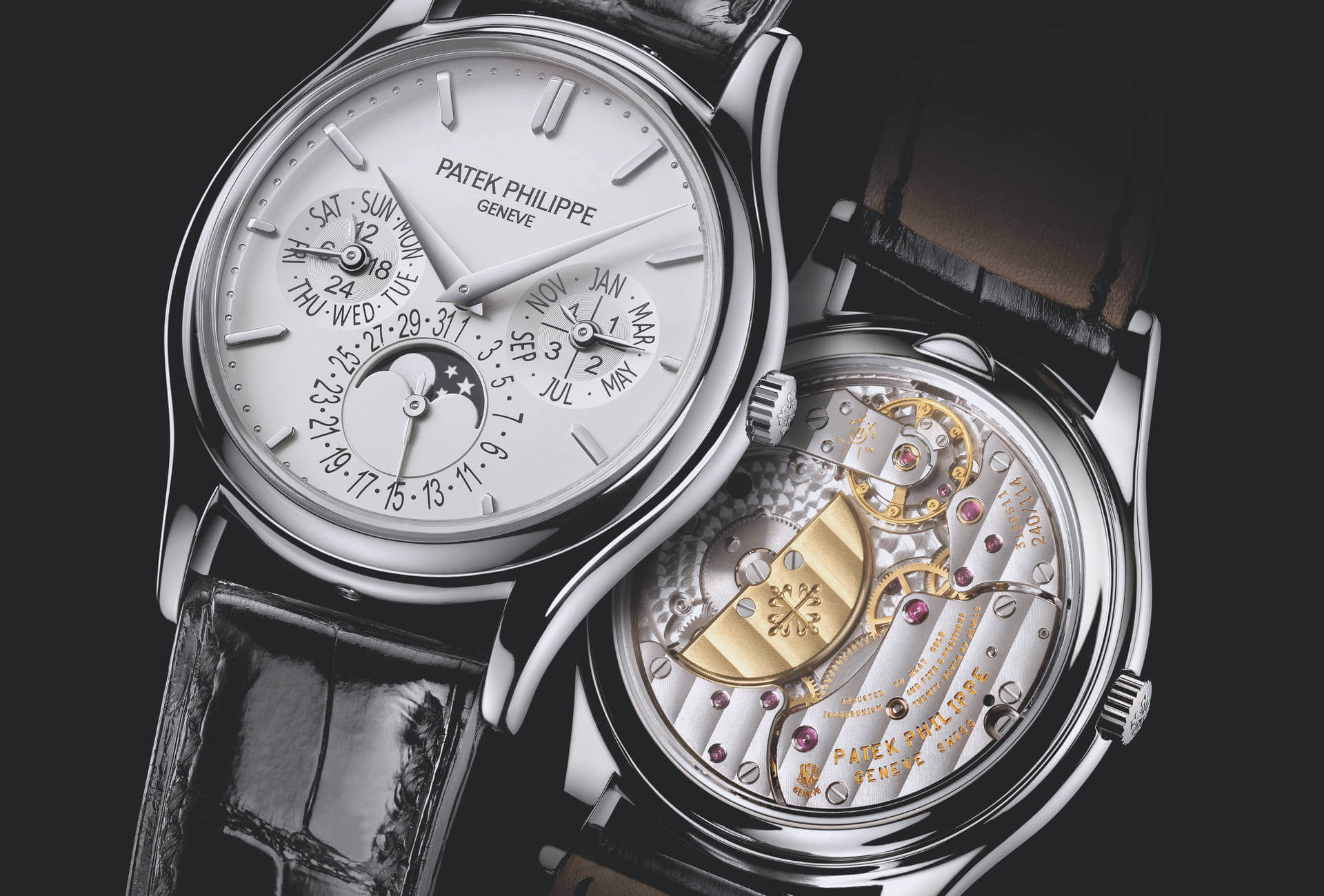The rotor is an eccentric weight that pivots on a central axis and is driven by the motion of the wearer’s arm. It is attached to a rachet that engages a series of reducing gears that ultimately wind the mainspring in an automatic movement. Although early versions of an automatic winding system were developed in the pre-wristwatch era, it didn’t perform well because it was used in pocket watches, which remain relatively stationary. Rolex and Breguet improved on the concept over the years, and the central-rotor automatic winding system eventually became commercialized by the 1960s.
Variations began to appear about a decade after the revolution in mechanical watchmaking in the 1990s, mainly for aesthetic reasons. Movements were increasingly decorated and watchmakers wanted to show them off by replacing casebacks with sapphire crystals. The problem is that the rotor covers half the movement at any given time, blocking the handy work. Some watchmakers open the rotor up a little more by cutting out portions – skeletonizing it in a way – so that more of the movement can be seen. Jaeger-LeCoultre’s new Caliber 770, in the Geophysic True Second, is a recent example of this.
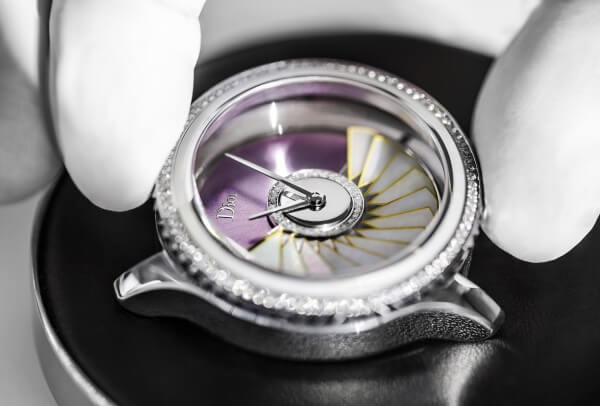
A definite advantage
The micro-rotor is an even better solution, one that has technical advantages as well. A micro-rotor is, as its name would suggest, is a scaled down version of the central oscillating weight. Unlike a standard rotor, which sits on top of the movement, a micro-rotor is set into it, usually in an off-centred position. The entire movement is therefore thinner than it would otherwise be. It allows the movement, including the micro-rotor, which is often decorated, to be on full view. The other advantage is that the movement is thinner, which translates into a thinner watch. In this era of ultra-thin dress watches, a caliber with a micro-rotor is a definite advantage.
Roger Dubuis makes both single and double micro-rotor calibers, notably the RD 104 used in the Hommage automatic minute repeater flying tourbillon. Product director Gregory Bruttin says this is mainly for aesthetic reasonss. “Normally the micro-rotor is used to develop watches with a bigger diameter but a thinner movement. However, our approach is principally to show the beauty of the complication and particularly of the Poinçon de Genève finishing. For Roger Dubuis, it is not coherent to have a complication covered with a rotor. We used it for the first time in our minute repeater with a tourbillon.”
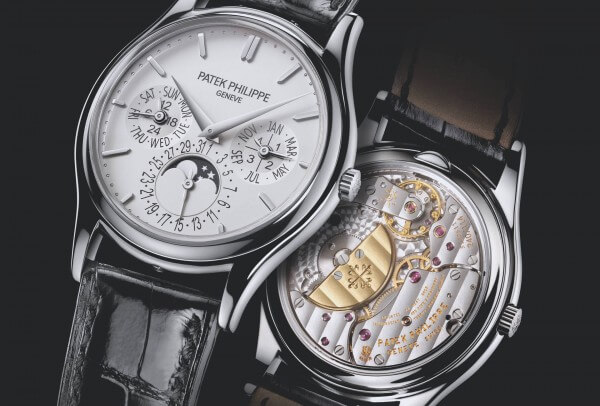
Because the micro-rotor is smaller, it must be made of a metal with a heavier density in order to generate the same winding power as a full-sized rotor. The notion of adding extra density to a rotor for better inertia is now considered advantageous for all rotor types. High karat gold is therefore often used – either 18k or 22k. Patek Philippe employs the micro-rotor in some of its movements, including the exemplary Caliber 240, used in the perpetual calendar Ref. 5140. According to Patek’s Jasmina Steele, “A Swiss patent was awarded for the Caliber 240 self-winding movement in 1977. The caliber has a radically smaller rotor which is integrated into the movement plate plane. This eliminates the need for extra height, and the caliber is trimmed to a remarkable thinness of 2.53mm. To allow the so-called micro-rotor to dependably deliver adequate power just the same, it was crafted of 22k gold. Today, it is still the thinnest Patek Philippe self-winding movement, and its reliability and precision are legendary.”
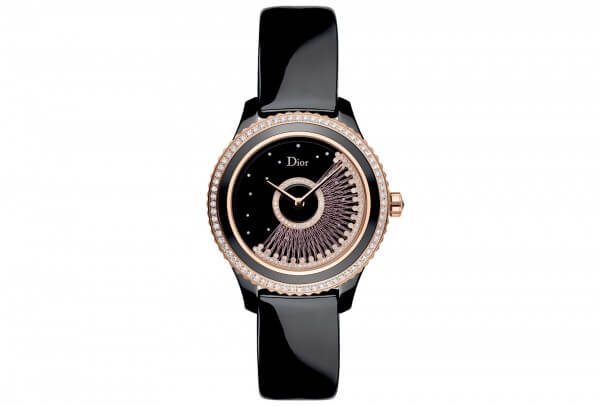
Saving space
Aesthetics are also the main purpose behind the inverted rotor. In this case, a central, full-sized rotor is positioned on the front instead of the back of the movement, so it appears on the dial side of the watch, where it is decorated by engraving or gemsetting. Dior’s Inversé caliber is a notable example. It was developed in partnership with Soprod, exclusively for Dior. Mostly, the brand decorates the rotor to resemble the skirt of a ball gown, its signature couture dress. It has been using the Inversé caliber since 2011, with the rotors showcasing decorations such as diamonds, pearls, lacquer, mother of pearl, silk embroidery, and even feathers. Cartier and de Grisogono have also used inverted rotors for aesthetic effect, but it is not a technique used just in ladies’ watches. Perrelet also positions the rotor on the front of its watches, creating a turbine-like visual effect.

The peripheral rotor is another option that saves space. Jaeger-LeCoultre uses one on its Hybris Mechanica Ultra Thin Minute Repeater Flying Tourbillon which, at 7.9mm thick, represents the world’s smallest minute repeater/grand complication with an automatic movement. “People don’t know how we can place a 4.8mm movement inside a 7.9mm case,” says Jaeger-LeCoultre creative and marketing director Stephane Belmont. He says normally the case of a 4.8mm movement would be 9.5 or 10mm thick. “We did it by questioning how the components in a watch are arranged, and then rearranging them.” It started with the rotor. A movement’s oscillating weight is normally placed on the central axis at the back of a movement, but the Hybris Mechanica uses a newly developed front-side peripheral rotor, which circles the circumference of the dial on a system of ceramic ball bearings, thereby reducing the thickness.” It can be seen through a row of windows in the dial, running along the inside of the inner bezel. Although it’s the clockwise rotation that winds the caliber, the rotor moves in either direction.












